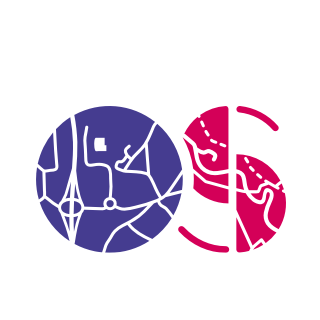Why use GitHub?
Our aim is to provide mapping that informs, guides and inspires. Our vision is to reveal our ever-changing landscape in extraordinary detail, giving the most comprehensive view of Britain.
Therefore we will use Github as a knowledge share tool to improve the usability and discoverability of OS data. Github provides not only access to code, tools, documentation, etc. but also a route which you can use to feedback and collaborate with our technical teams.
What will I find on this GitHub page?
Our Github page is designed to allow you to easily navigate to our product repositories and associated tools, schema’s, stylesheets etc.
How can we find OS product repositories?
The Repositories page provides quick access to a GitHub repository for each of the main OS Data Products.
The Tools page provides more general tools, resources and code we have available to help you get started with our geospatial data.
Stylesheets can be located within the relevant OS Data Product repository. E.g. OSMM Topography stylesheets can be located within the OSMM Topography Layer repository.
All repositories and folders contain README.files with information to further guide you towards the correct product and useage.
What if I can't find the GitHub repository I am looking for?
If you have a general enquiry around an OS product please head to the list of OS products on our website or use the social links provided to the left.
How do I contribute?
Our Technical experts, including those who author the resource on Github, are engaged with Github and can respond to you directly.
How do I raise an issue?
If you have an idea or a bug within a specific repository please raise an issue directly and we aim to repond as quickly as possible.
Although we do recommend browsing the open & closed issues before opening a new one, just in case your issue has already been raised or solved.
- On GitHub, navigate to "Issues" at the top of the repository page.
- Click New issue.
- Type a title and description for your issue.
- When you're finished, click Submit new issue.
For further guidance on creating an issue, please refer to this GitHub Help page
How do I fork a repo?
Forks can be used to either propose changes to our projects or to use our repos as a starting point for your own ideas.
- On GitHub, navigate to the top right of the repository page.
- Click Fork.
- You will see a fork of the original repository in your GitHub
For further guidance on forking repositories, please refer to this GitHub Help page
How do I download or clone a repository?
- On GitHub, navigate below the repository name.
- Click Download to download a zip file.
- Or in the Clone with HTTPs section, click to copy the clone URL for the repostory.
When you download a repository, you are downloading all the source files without any of the files in the .git folder.
Only cloning will enable you to have a functional git repository and run git commands with a copy of the full history. If you clone a repository you are not modifying the original repository, all edits and commits are done locally. If you want to submit changes to the original, you will have to make a pull request.
For further guidance on cloning repositories, please refer to this GitHub Help page
How do I create a pull request?
- On GitHub, navigate to the main page of the repository.
- In the "Branch" menu, choose the branch that contains your commits.
- To the right of the branch menu, click "New Pull Request".
- Use the base branch dropdown menu to select the branch you'd like to merge your changes into, then use the compare branch dropdown menu to choose the topic branch you made your changes in.
- Enter a title and description for your pull request.
- Click "Create Pull Request".
- Wait for your pull request to be reviewd, if accepted, your changes will be merged into the original repository.
For further guidance on pull requests, please refer to this GitHub Help page
